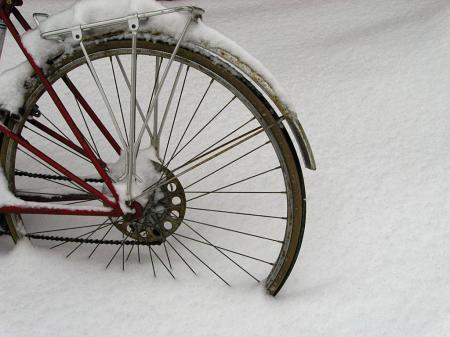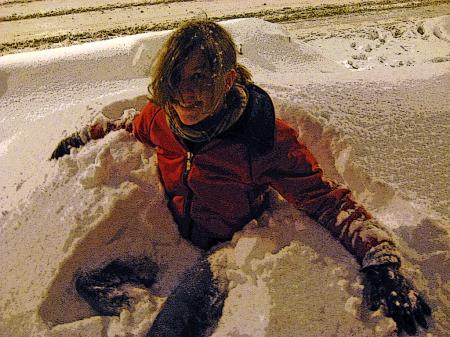Of all the comprehensive plans I have seen to reduce greenhouse gas emissions from developed states, the one in George Monbiot’s Heat is the most ambitious. Whereas most people aim at stabilizing atmospheric GHG concentrations by 2100 or so, he thinks it must happen before 2030 is we are to avoid a mean temperature increase of more than 2°C and the very serious (potentially catastrophic) consequences such an increase would have. Part of Monbiot’s plan does involve continued use of fossil fuels, specifically the use of natural gas coupled with carbon capture and storage (CCS) for electricity generation.
While Monbiot stands behind the belief that CCS can work and can contribute to climate change mitigation efforts, he is increasingly critical of how the British government is planning to use the technology:
In principle, carbon capture and storage (CCS) could reduce emissions from power stations by 80% to 90%. While the whole process has not yet been demonstrated, the individual steps are all deployed commercially today: it looks feasible. The government has launched a competition for companies to build the first demonstration plant, which should be burying CO2 by 2014.
Unfortunately, despite Hutton’s repeated assurances, this has nothing to do with Kingsnorth or the other new coal plants he wants to approve. If Kingsnorth goes ahead, it will be operating by 2012, two years before the CCS experiment has even begun. The government says that the demonstration project will take “at least 15 years” to assess. It will take many more years for the technology to be retro-fitted to existing power stations, by which time it’s all over. On this schedule, carbon capture and storage, if it is deployed at all, will come too late to prevent runaway climate change.
He also suggests that using CO2 from power plants for enhanced oil recovery risks actually increasing emissions. On the one hand, that is because it will allow extra oil to be extracted from declining fields, which will subsequently emit CO2 when burned. On the other, he touches upon concerns that CCS using depleted oil and gas fields will not be safe or permanent enough to effectively and indefinitely sequester carbon.
As with nuclear power, the issue of timelines is critical. Even good technology, when installed at a plodding rate, could propel us into very serious danger. Even if it does prove possible to start slow and late and still make the transition to a low-carbon economy, it seems highly likely that the total costs of adjustment will be much higher: a crash-building program akin to the one undertaken by Russia after Germany turned against it during WWII, rather than an economically optimal trajectory towards a low-carbon global economy.






